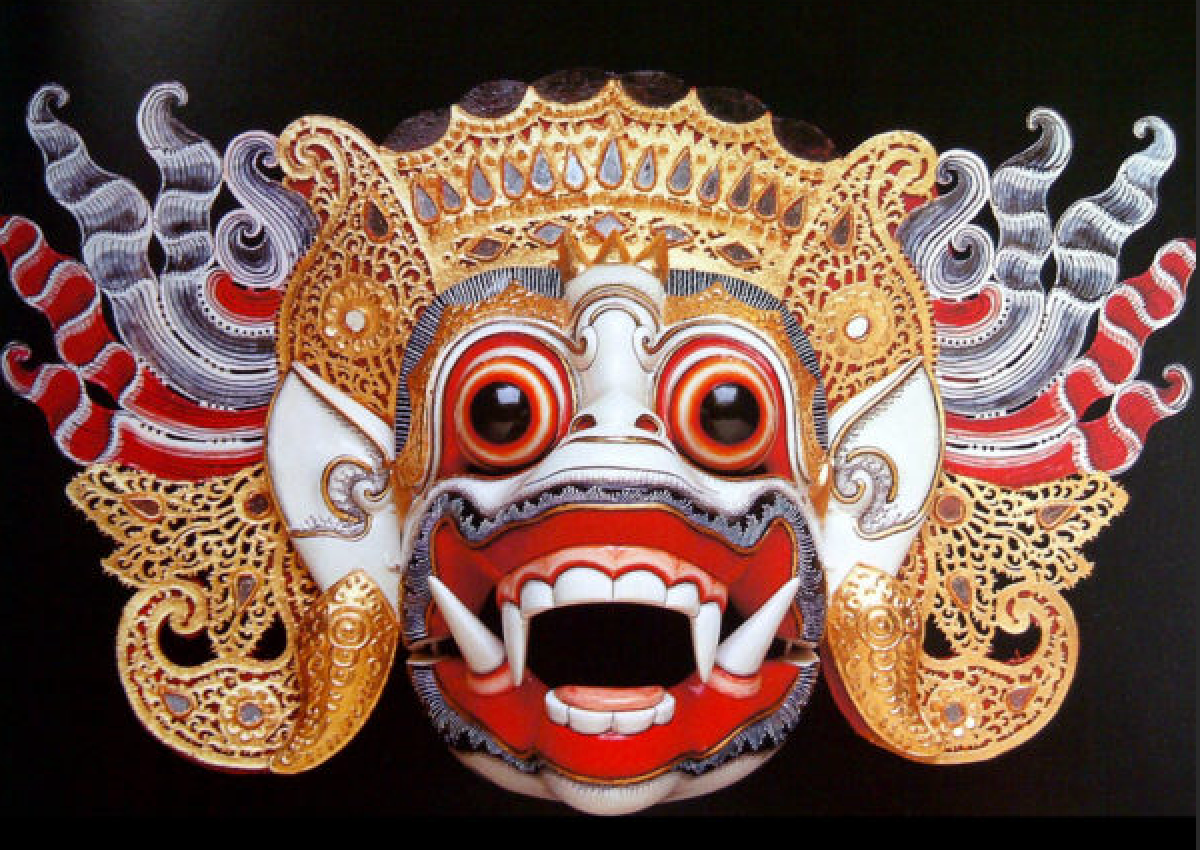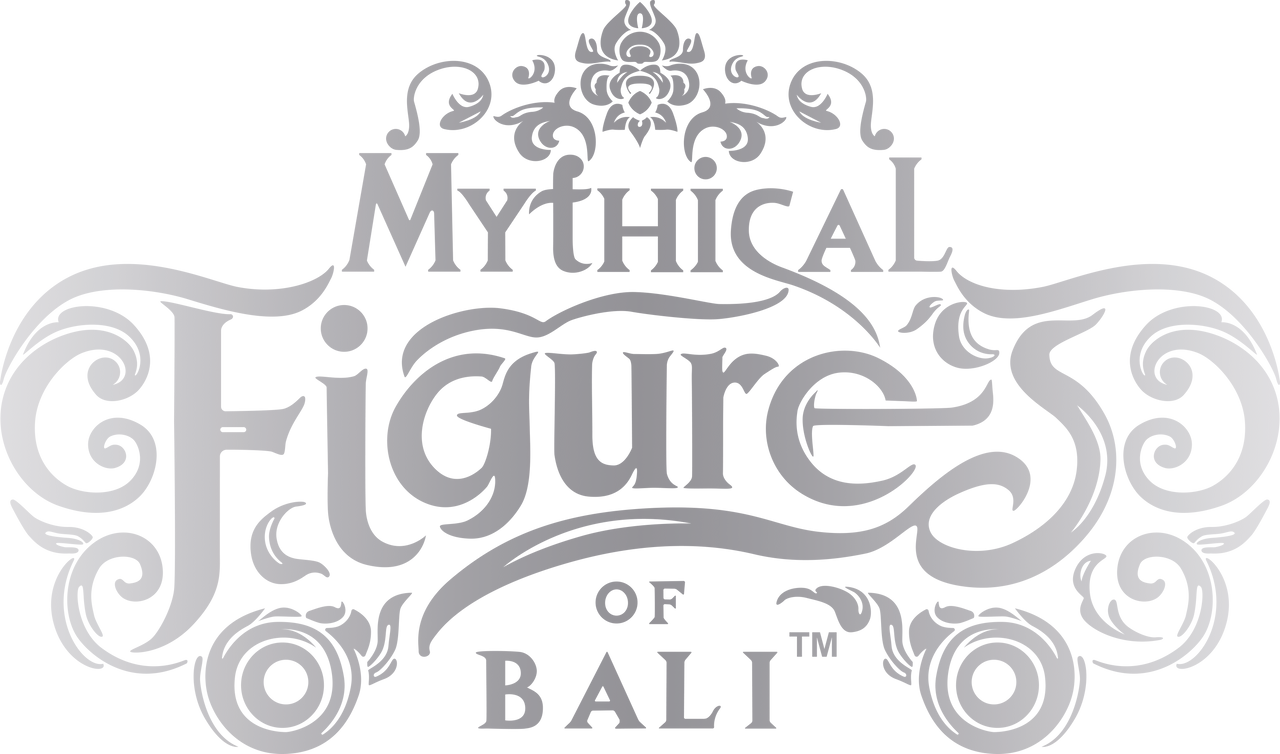
Hanoman: The Devoted Warrior and Hero of the Ramayana
Among Bali’s mythical figures, few are as agile, bold, and beloved as Hanoman—the white monkey warrior whose strength is matched only by his heart.
Hanoman is not only a central character in the Indian epic Ramayana, but also a deeply rooted presence in Balinese temple life and performance. He represents courage, loyalty, and the unwavering power of devotion. In Balinese culture, his story is retold again and again—not just as entertainment, but as spiritual guidance.
The tale goes that Hanoman, a devoted follower of Prince Rama, leapt across oceans, burned down cities, and challenged entire armies to rescue Sita, Rama’s wife, from the clutches of evil. His bravery wasn’t driven by ego, but by selfless loyalty. That is what makes him sacred.
In Bali, Hanoman lives through movement. From the dramatic gestures of wayang wong performances to the symbolic white masks worn in ritual dances, his energy is captured in every leap and glance. And unlike many other mythological figures, Hanoman crosses spiritual boundaries—he is revered by Hindus and respected in local animist traditions alike.
When designing the Mythical Figures of Bali™ collection, Hanoman became a natural choice. His silver form captures both strength and grace: the detailed facial expression, the open mouth mid-chant, the stylized fur—each detail is carved with reverence to traditional imagery.
The charm is cast in sterling silver 925, shaped first through 3D design and then brought to life by the hands of Balinese artisans in Celuk. It carries the story of a warrior, but also of love—because Hanoman fights not for conquest, but for the people he holds dear.
Wearing the Hanoman bracelet is a reminder: that strength comes from purpose. That courage and compassion can coexist. And that even in the face of darkness, loyalty lights the way.
In silver, his legend continues—etched in detail, carried on the wrist, and told with pride.
